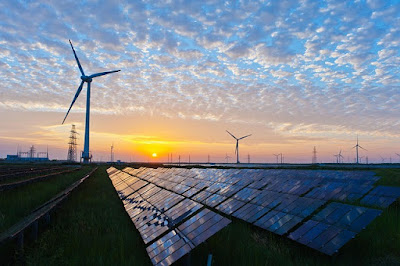The continuous use of fossil fuels for the past decades has made their availability much lesser now and the increasing human population makes them even scarcer. This results in increasing their price manifold. So power deficiencies resulting from it pose as a global issue. Renewable energy projects developed by various nations therefore try to combat this global threat. Assisted by the government India became the very first country in the world to establish a ministry of non-conventional energy resources back in the 1980s, called the Ministry of New and Renewable Energy.
Also, the issue of renewable energy production becomes a matter of utmost importance especially in developing countries namely- India, China and various others. Such nations have a raging population and thus have exorbitant hunger for highly polluting non-renewable fossil fuels like oil, coal and gas which makes it an even more important to produce renewable resources by them. Adopting and enforcing policies to work towards establishing renewable energy resources as primary energy sources, these nations can grow up to be the leading nations in renewable energy production. Especially tropical countries get enough sun to harness its energy for power production. Also, wind in universally available and hence wind power becomes an easy option for developing countries to replace the polluting energy resources such as the fossil fuels. And considering the constant availability of cheap labour owing to high population in these countries makes it easier to incentivise technology and product innovation in this sector. Just that, developing nations should keep the production and storage cost of the renewable energy sources in check. Because they do not have overflowing national coffers, cost – effectiveness becomes an important issue to look into. So whatever be the means, these countries should aim at supporting sustainable development by minimising pollution in a cost effective way.
Welspun Renewables is a pioneer of renewable energy projects in India. Backed by many eminent international investors, Welspun Renewables has been effectively contributed to the production of solar and wind power in India and stands as one of the leading solar and wind IPPs in the country. The company has created a total energy having a capacity of 680 MW. The Asian Development Bank is instrumental to the development of Welspun Renewables and in their work for setting up sustainable development in the country.
About Author:
Nikhil Mehra is a specialist on Indian Renewable Energy Development projects in India and is a professional who is well acquainted with industry news and similar development stories.






